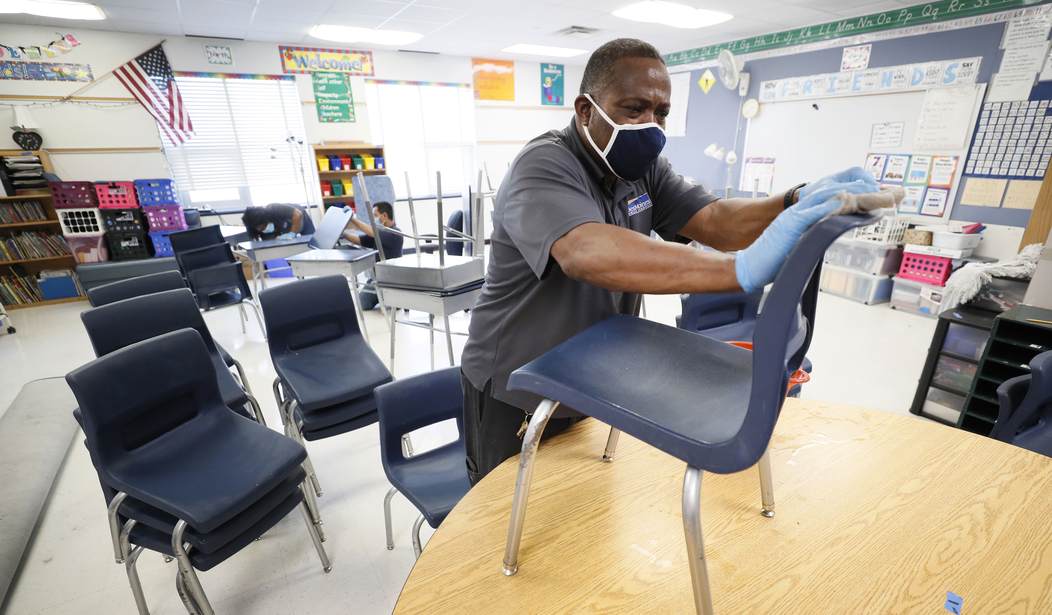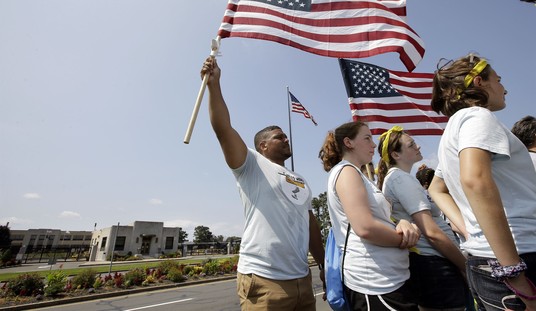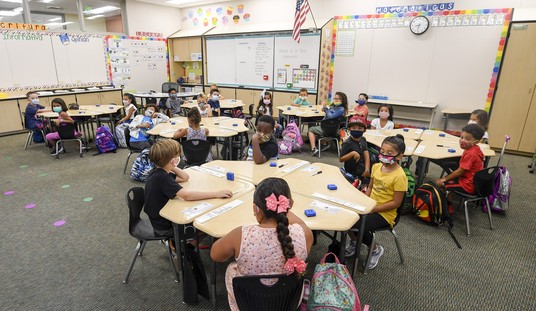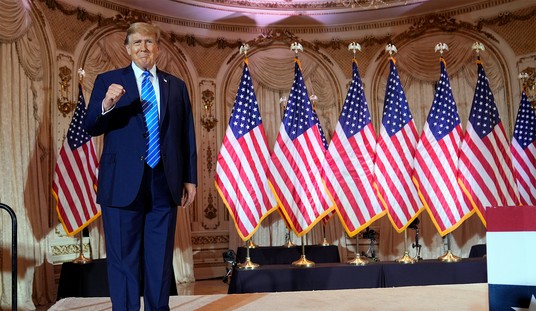MADISON — Public health bureaucrats and power-grabbing politicians have demanded policymakers “follow the science” on COVID-19, but a new study by the Wisconsin Institute for Law & Liberty finds schools districts have followed politics and teachers unions in making decisions to lock students out of school.
Politics in the Pandemic: The Role of Unions in School Reopening Decisions examines the decision-making process of more than 400 Wisconsin school districts.
The study found:
— Districts with a teachers union were more likely to go virtual than districts without a teachers union.
— Districts with a higher percentage of votes for President Trump in 2016 and 2020 were more likely to open, while those with a higher percentage for Hillary Clinton were more likely to remain shuttered.
— The per-capita rate of COVID-19 cases in an area was not significantly predictive of whether a school district would reopen or not.
— As the percentage of students in a district who are low income increases, so does the likelihood that the district will have chosen virtual education for the fall.
“Teachers unions, though weakened by Act 10, remain an important force in many areas when it comes to education policy,” the report concludes, referring to former Scott Walker’s public sector collective-bargaining law reforms known as Act 10. “Moreover, the politicization of the pandemic appears to extend to the classroom as well, with political ideology a driver of decision-making.”
Recommended
As Empower Wisconsin reported in late September, the Madison Metropolitan School District, the state’s second-largest district, said it consulted with scientists and health experts in coming to its decision to start the year virtually, and then to extend virtual learning through the first semester. But it clearly bowed to the will of its teachers union.
“We are excited to work with our students and families. But we refuse to jeopardize the lives of our children or our families with a reopening plan that relies on magical thinking and unfunded mandates,” Madison Teachers Inc. (MTI) said in June.
Other teachers unions issued similar declarations.
If districts were truly following the science, they would have listened to the American Association of Pediatrics, which advised safely reopening schools. The association noted that schools are “fundamental to child and adolescent development and well-being …”
“…(T)he AAP strongly advocates that all policy considerations for the coming school year should start with a goal of having students physically present in school. The importance of in-person learning is well-documented, and there is already evidence,” the association stated.
WILL’s study points to an economic report that finds a failure to reopen schools could come with a severe economic cost. The analysis suggests students who miss just one-third of a school year could reduce their lifelong earnings by 3 percent.
While COVID-19 cases have surged of late, WILL’s study notes that infection rates are more correlated with increases in people ages 18-34, not among K-12 students.
“With more and more evidence accruing that in-person learning has not been a key driver of the spread of COVID-19, the decision-making by Wisconsin school districts deserve more scrutiny and accountability,” Will Flanders, research director for the Wisconsin Institute for Law & Liberty, said in a statement. “Doing what’s best for students needs to remain a top priority.”

























Join the conversation as a VIP Member